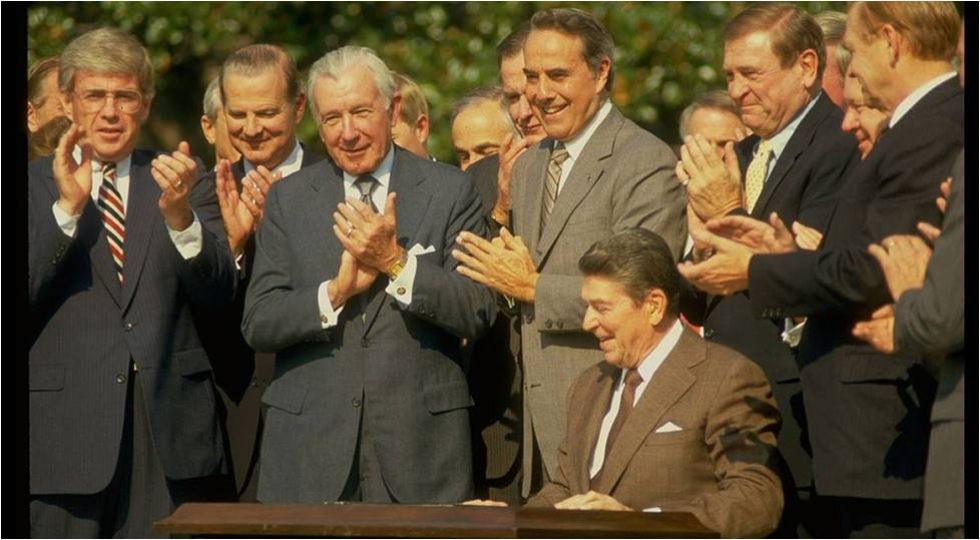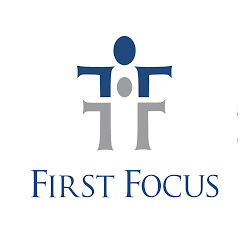In 1986, President Ronald Reagan signed into law the nation’s last major tax reform legislation. It closed loopholes to broaden the tax base. It reduced tax rates and expanded the standard deduction, personal exemption and Earned Income Tax Credit so that fewer Americans would be taxed into poverty. And it was revenue neutral, meaning that it did not expand the deficit or require damaging federal budget cuts.
Last month the Trump Administration and Congressional leaders released their tax reform framework, which aspires to transform the federal tax code on a similar scale. Unfortunately, the news for Utah was very much a mixed bag.
The proposal aims to cut taxes mainly by doubling the standard deduction and increasing the Child Tax Credit. But in a bid to reduce revenue losses, it also eliminates personal exemptions, which is a problem for states like Utah that have larger than average household sizes. In fact, Utah has the largest households in the nation.
That explains why the Institute on Taxation and Economic Policy (ITEP) found that Utah is one of only nine states where over a fifth of taxpayers would face an immediate tax increase under the proposed tax reform plan. For Utah the estimate is that 22% would pay more, compared to just 17% nationally. For these Utahns, the average tax increase would be $1800, compared to $430 nationally.
To break it down further, one of every four Utahns in the middle of the income distribution -- those earning between $45,000 and $72,000 – would pay a tax increase, compared to just 14% nationally. Their increase would average $860, compared to just $150 nationally for Americans in that middle-income quintile.
But much higher taxes for nearly a quarter of Utahns is not the only red flag for the proposed tax reform plan. The biggest problem is actually its tax cuts, their economic impact, and how they are targeted.
Overall, in spite of the large tax increases for many, most Utahns would see a tax cut. The average middle-income Utahn making $57,000 would save $240, about $4.62 a week. Certainly everyone likes having a little extra spending money in their pockets. But this pocket change for the middle class is dwarfed by the $83,000 per household that would go to the top 1% of Utahns, those making over half a million dollars per year.
In fact, according to the ITEP report, fully 79% of the tax cuts in Utah go to that top 1% of the income distribution, who already have an average income of over $1.5 million.
By what economic theory can we justify enormous tax cuts for those who already have so much, especially if they would be financed by higher deficits or by cutting hundreds of billions from vital public investments in education, infrastructure, public health, poverty prevention, and scientific and medical research?
America needs tax reform, but do we need tax reform that makes our tax code more unfair instead of less?
America needs tax reform, but do we need tax reform that leaves us less able to make responsible investments in America’s future?
Fortunately, the tax reform framework left many details up to Congressional leaders such as Utah’s own Senator Orrin Hatch, who chairs the Finance Committee that must approve any tax legislation. For Utah’s sake and America’s, let us hope that our leaders in Washington can proceed thoughtfully and ultimately come together, as they did in 1986, around a bipartisan set of tax reforms that boost our economy and help us leave our children a nation stronger than the one our parents bequeathed to us.






